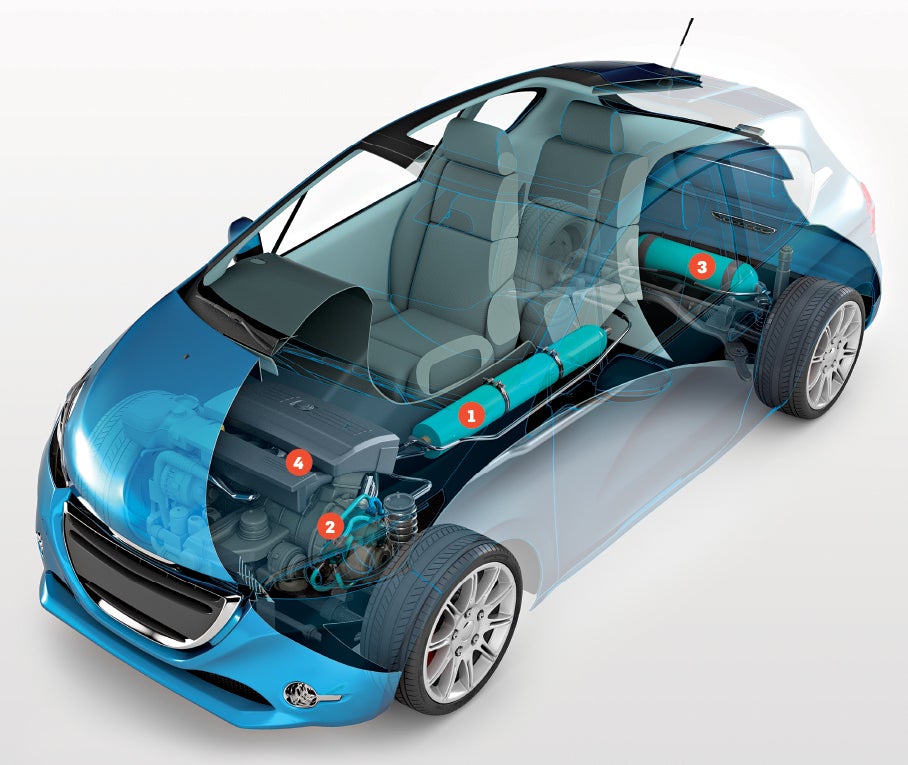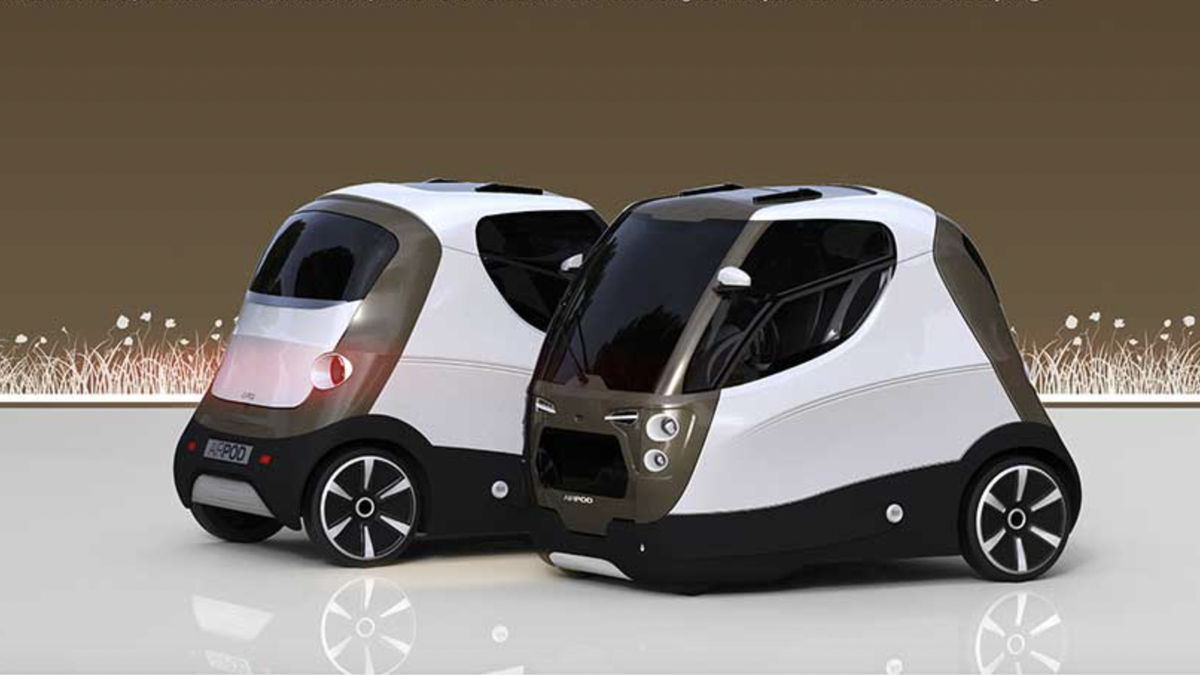Air-gen: The Beacon of Air-Powered Cars Challenging EVs and Gasoline Counterparts

by AutoExpert | 16 October, 2023
In an age where the clarion call for environmental conservation reverberates across industries, the automotive sector is not exempt. While electric vehicles (EVs) have been paraded as the green alternative to gas-guzzling cars, they present their own set of challenges, from “range anxiety” to the environmental and human rights toll of lithium mining.
However, a groundbreaking innovation, dubbed Air-gen, emerges as a knight in shining armor, heralding the era of air-powered cars.

The Air-gen device, a brainchild of researchers from the University of Massachusetts at Amherst (UMass), harnesses electricity from the air we breathe. This minuscule device, despite being the size of a thumbnail, holds the promise of revolutionizing not only the automotive industry but also the broader energy landscape. The recent study published in Advanced Materials unveils the potential of Air-gen to power cars, drawing energy from the humidity in the air.
This avant-garde technology operates at a molecular level. The device's microscopic pores, smaller than 100 nanometers in diameter, draw water from air humidity. As water traverses through these tiny holes, a charge imbalance occurs between the upper and lower segments of the Air-gen, thereby crafting a self-sustaining battery.
Air-powered cars, envisioned through the lens of Air-gen, break the shackles of conventional vehicle constraints. Unlike their gasoline and electric counterparts, air-powered cars neither require a stop at the gas station nor a pause for charging. The ubiquity of air renders these cars capable of self-charging regardless of location or time of day. As Jun Yao, the senior author of the study, eloquently puts it, this invention embodies a “small-scale, man-made cloud,” ensuring a continuous supply of clean electricity wherever the journey leads.

However, before the rubber meets the road, several challenges await resolution. To power a car, a significant number of Air-gen devices are requisite. The research team, cognizant of this, is tirelessly exploring avenues to enhance the efficiency and effectiveness of Air-gen. This includes investigating the optimal material for various climates, strategizing on the stacking of devices, and contemplating the enlargement of individual devices without hindering the humidity harvesting capability.

As the blueprint of Air-gen evolves, the horizon brightens for air-powered cars. The device, once fully developed, could be integrated into the exterior surfaces of vehicles, seamlessly drawing energy from the ambient air. The Air-gen technology, albeit in its nascent stage, is a beacon of hope in the quest for a sustainable automotive future. It propels the imagination into a realm where cars harmoniously coexist with nature, extracting their vigor from the boundless reservoir of air that envelops our planet.

This trailblazing initiative transcends beyond mere technical innovation; it encapsulates the aspiration for a greener, cleaner, and more sustainable mode of transportation. As the wheels of research and development continue to turn, the prospect of air-powered cars transitions from a figment of imagination to a tangible reality, heralding a new chapter in automotive innovation.

















